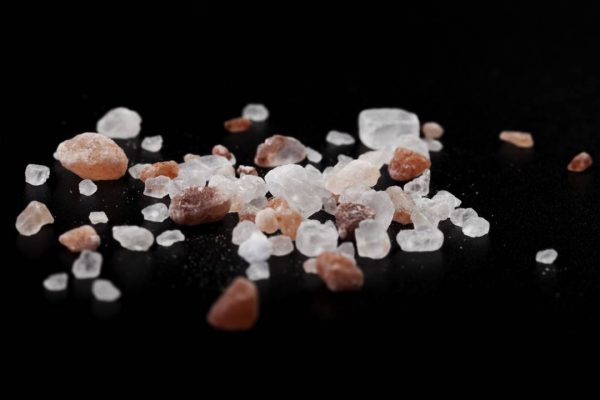

Unveiling the Remarkable Natural Salt Crystals Benefits
Natural salt crystals, often praised as “pink gold,” has gained popularity for its potential health benefits and versatile uses. This article delves into the science behind natural salt crystals benefits, exploring how this ancient mineral can contribute to modern wellness practices.
What is Natural Salt Crystals?
Natural salt crystals are rock salt mined from the Punjab region of Pakistan, near the Himalayas. Its distinctive pink color comes from trace minerals like magnesium, potassium, and calcium. Unlike table salt, natural salt crystals is minimally processed, retaining its natural mineral content.
Top 10 Benefits of Natural Salt Crystals for Your Health
Is Natural Salt Crystals Good for You? Exploring the Evidence
While many tout the benefits of natural salt crystals, it’s important to approach these claims with a critical eye. A study on experimental rats showed that pink salt did not cause significant metabolic disturbances and demonstrated a safer profile compared to alternatives like MSG. However, current research indicates limited scientific evidence supporting many popular claims about natural salt crystals’ health benefits.
The truth is, while natural salt crystals does contain trace minerals, the concentrations may be too low to have significant health effects. More comprehensive research is needed to validate many of the therapeutic claims associated with natural salt crystals.
Mineral Composition: A Closer Look
Let’s examine the mineral content of natural salt crystals compared to regular table salt:
| Mineral | Salt Crystals (mg/kg) | White Table Salt (mg/kg) |
| Calcium | 2,695.09 | 393.28 |
| Magnesium | 2,655.31 | 83.94 |
While natural salt crystals clearly contains higher levels of certain minerals, it’s important to note that one teaspoon (5g) still provides relatively small quantities of these essential minerals.
Exploring the vast array of natural salt crystals benefits can lead to improved overall health and wellness. While some claims require further scientific validation, the mineral-rich composition and lower sodium content of natural salt crystals make it an interesting alternative to regular table salt. As with any dietary change, it’s wise to consult with a healthcare professional before significantly altering your salt intake.
Interested in experiencing the potential benefits of natural salt crystals for yourself? Try incorporating it into your daily routine and see how it affects your overall well-being. Remember, balance is key – even natural products should be used in moderation.